Trust built through human-to-human connect has no alternative: Ruby Sinha
As part of our latest series on ‘PR Conversation’, we at Adgully are speaking to some of the industry leaders from both PR agencies and the corporate communications world about how PR as a business and communication tool has evolved and grown over the years. In the last 10 years, PR has taken a different dimension, especially after the entry of social media in a big way. While the PR business has grown, some of the challenges that the industry is facing have also multiplied as clients are becoming more demanding and are expecting their consultants to be on their toes to manage their brand reputation, as news today travels fast and clients are expecting quick response and action in case of a crisis situation.
In conversation with Adgully, Ruby Sinha, Managing Director, Kommune Brand Communications, speaks about her experience of turning entrepreneur in the PR field, encouraging work-from-home mothers, and how personal interactions still remain critical in the PR profession, despite the advent of virtual nodes of communication.
How has PR evolved in the last 10 years? Going forward how will the industry shape up as the dynamics of the PR is changing with the acceleration of digital?
The PR industry has undergone a massive transformation over the last decade. From being a profession predominantly focused on media relations, PR professionals today are expected to manage communications with all stakeholders and even with the end consumer in many cases. As such, innovation in all aspects has become the key today. Use of digital, social media and analytics has also made the industry very dynamic. As such, there is a growing focus on broadening the communication pitch, ‘storifying’ of brands, integrating social media with mainstream PR and focusing on immersive PR.
You started your career as a journalist and then you joined a professional PR company. About a decade ago you turned into an entrepreneur in the PR profession. What motivated you and how did the idea of starting your PR consultancy happen?
I call myself an ‘accidental entrepreneur’. I was on a sabbatical post my younger daughter’s birth when a former client offered me a consultancy role for his brand and motivated me to start my own venture. Soon, one or two other clients came on board and I had to put together a team to handle them. In fact, my initial team comprised a group of work-from-home mothers. This was the first ‘difference’ – our focus on women, especially experienced women professionals in sabbatical. In fact, when we moved to our own office, we started off with a crèche to encourage more such women to come out and work! Over the years more and more team members have joined and I am really happy that today WFH is the new normal, which will encourage more and more talented women to remain in the workforce.
How has your journey been as a PR entrepreneur so far? And what are the challenges that you encountered as an entrepreneur? What does the future look like?
Entrepreneurship is not an easy option for anyone, especially working mothers. After becoming an entrepreneur, I experienced the challenges most entrepreneurs, especially women, face in their entrepreneurship journey, but the learnings along the way have made the journey worthwhile. While as an employee I was focused on my personal career growth, as an entrepreneur there were multi-fold challenges like convincing experienced professionals and potential clients to opt for a smaller outfit, issues like budgeting and cash flow management, keeping myself motivated during moments of self-doubt as well as sticking to my conviction, values and vision for my organisation amidst the roller-coaster entrepreneurial journey. All the challenges have made me more resolute to contribute to the entrepreneurship ecosystem in India, and specially motivate talented women out there through knowledge sharing, training and mentorship programs. This also motivated me to start sheatwork.com, a one-stop knowledge portal for women entrepreneurs.
Going forward in the future, we look forward to further consolidating our ‘Digital skills’ into practice. We have always been particular about the clients we wanted to work with instead of just focusing on numbers and in some ways the pandemic has made me personally more convinced that in the long-term good work done for clients who value what you bring to the table is more important than just building scales.
How different are you as an agency and what are some of the interesting tools that you deploy to give the best in terms of result to your clients?
We are an integrated communications consultancy. We are selective about the clients we work with and try to ensure our complete involvement in the strategy and implementation of communication programs. We at Kommune have always believed that increasingly digital is becoming all pervasive and digital is exciting and have tried to imbibe the same in our communication tools.
PR measurement and effectiveness of PR have always been a subject of debate. As a PR professional, what steps the PR industry should take to bring in uniformity so that everyone speaks one language when it comes to PR measurement?
Professional and effective measurement practices in tune with the rapidly evolving communication landscape are a necessity. Reports suggest that most communication professionals feel that they can do a better job of measuring campaigns effectively. A step forward in this direction is the recently updated Barcelona 3.0 Principles, which outline the need for transparent outcome-based PR measurement and qualitative as well as quantitative analysis of communication programs across all relevant online and offline platforms.
Getting the right skillset and training has always been a challenge in the PR profession. What is your view on the same and what would be the valuable tips that you would like to give to the budding young PR professionals?
As communication professionals, we have to not just be responsible for communicating, but also for ensuring that our messages reach the right stakeholder. The right training and nurturing of skill sets becomes more important in such a situation, especially since Public Relations is a rapidly evolving industry. Besides strong written and oral communication proficiency, today’s PR professionals are expected to be to be multi-taskers with knowledge of using digital, social media and analytics along with an ability to think like marketing professionals to take forward the business messaging. There is also an increasing scope for vertical specialists to enter the profession. There are several courses today across colleges and universities and going through them would be helpful for youngsters to get a basic understanding of the profession.
Do you feel the traditional role of interpersonal communication which was so critical to the profession has somehow been put to the backburner because of too much virtual engagement? How are you experiencing that, is it bringing down the efficiency of the agency?
One may argue that the advent of virtual nodes of communication has made it easier to find the right audience and disseminate appropriate content. True, technology has improved the process, but only in its physical parameters. Personal interactions still remain critical in our profession. Though work wise not much has suffered during the pandemic in terms of engagement, but in my opinion, in the long term the trust built through human-to-human connect has no alternative.



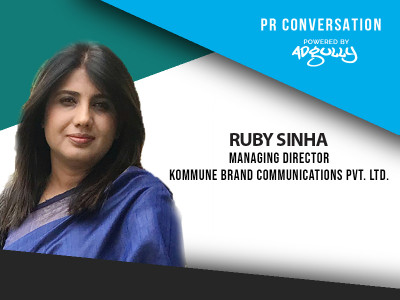










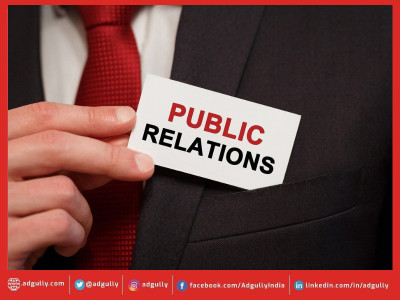


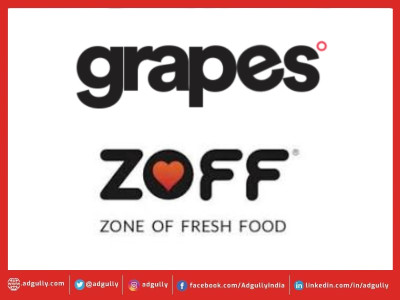
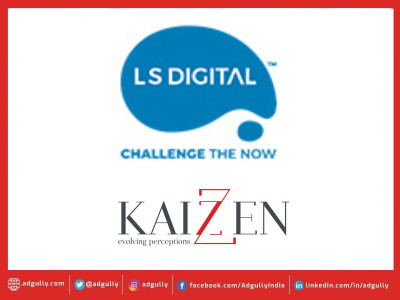


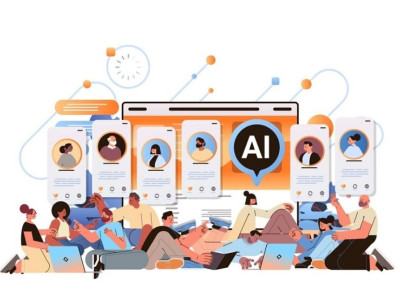
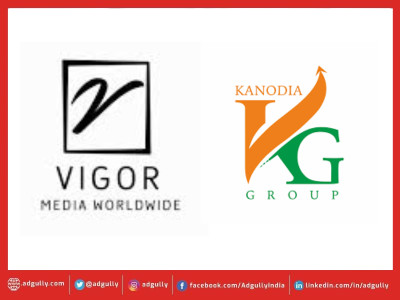

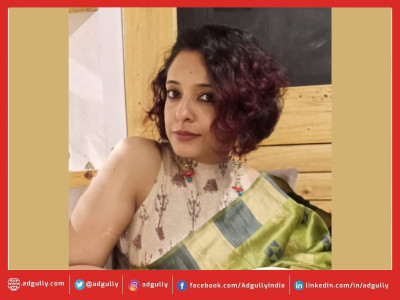
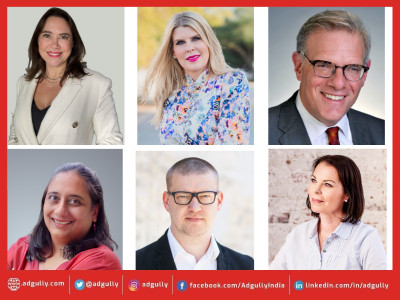


Share
Facebook
YouTube
Tweet
Twitter
LinkedIn